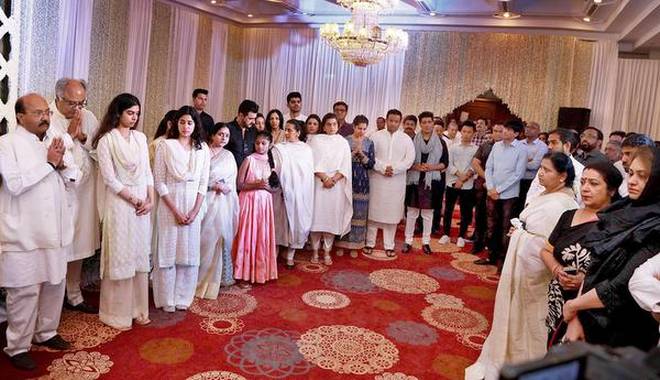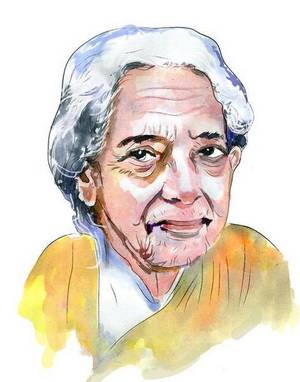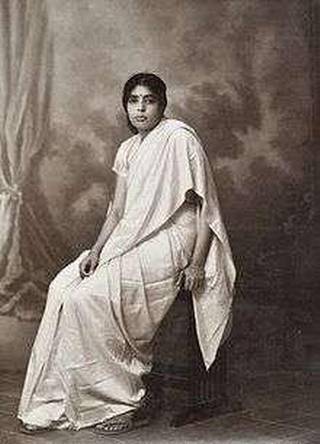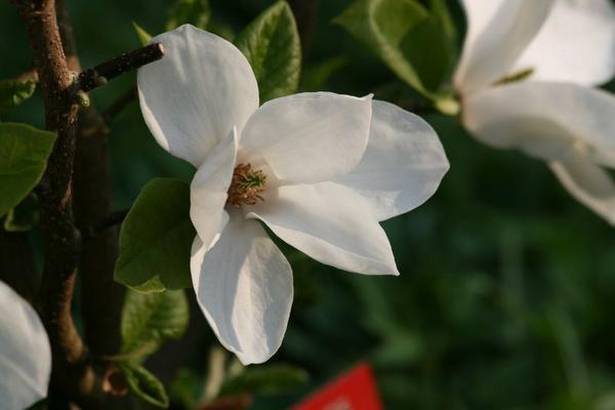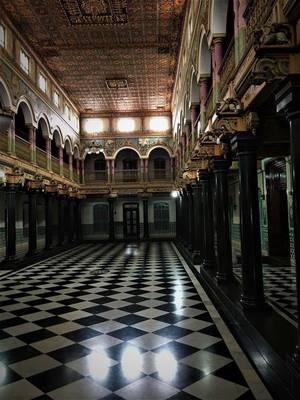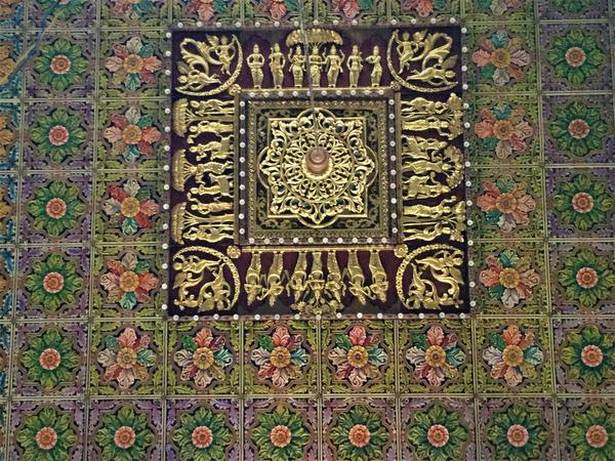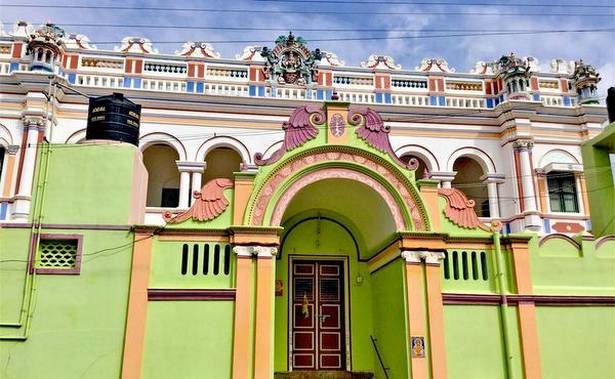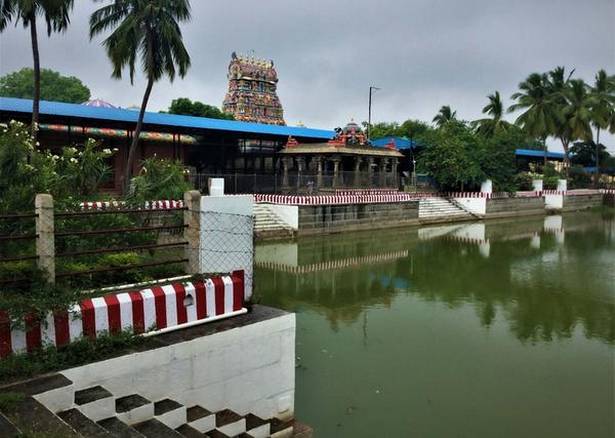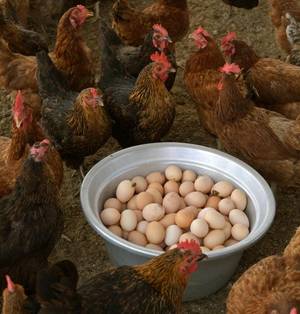
Mullipatti-based Happy Hens sells the country’s first brand of free range eggs that ensure the birds are treated more humanely and minus the antibiotics
Earlier this year, a report in the The Hindu highlighted how the wrongful use of antibiotics in the poultry industry was spawning global superbugs and skewing up the food chain. But this is just one of many problems plaguing the conventional poultry industry.
The battery cage system of rearing egg-laying hens is notorious for its disregard of hygiene and the natural behaviour of the birds. “In the conventional poultry farm, seven to eight hens are squeezed into a cage that is only about as big as an A4-size sheet of paper. Birds have no space to flap their wings or even stand comfortably. Commercial farms may be labour-effective, but they are bad for the animals,” says Ashok Kannan, co-founder of Happy Hens, the company that produces and sells one of India’s first brand of free range eggs.
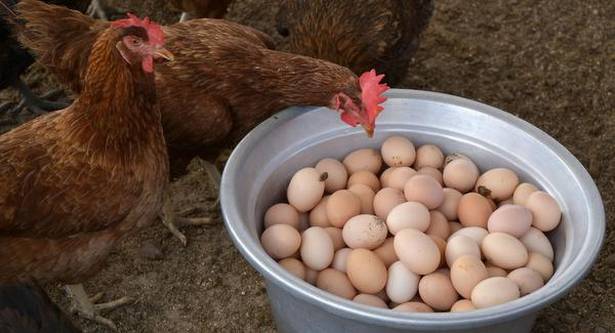
As the label implies, free range farming is based on a more humane treatment of animals, with extra attention paid to the feed.
In the case of Happy Hens, which has its main farm in the village of Mullipatti, (around 60 kilometres from Tiruchirappalli), this means that the birds get lots of space to express their natural traits such as scratching the ground for food, walking around, laying eggs in nesting areas (fitted with earthen pots) and eating feed that is based on a unique blend of grains, cereals and herbal infusions.
“The basic components of our feed are maize, soya, rice bran and groundnut cakes, combined with a 100% herbal formulation that works on building up the immunity of the chicken rather than merely treating the disease. When the bird’s immunity increases, the risk of disease reduces,” says Kannan.
And he adds just a moment later, “It’s our 36th feed formula since we opened for business in 2012.”
Cracking the solution
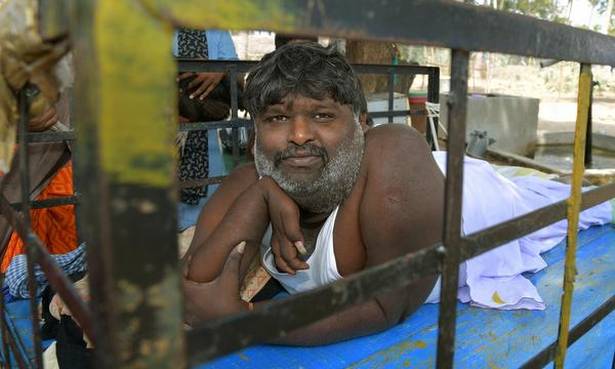
Kannan, a person with disability caused due to polio, has shifted with his wife and two children from his hometown of Madurai, to oversee the operations at the Mullipatti farm. The leased 43-acre property houses a coconut plantation and native cattle, besides the poultry project. Kannan gets around the farm on an adapted cycle-rickshaw, and receives visitors in the same vehicle. “It’s my office and home,” he jokes.
“As I have been unable to move independently since early childhood, I thought that poultry farming would be an ideal agri-business for me,” he says.
“The egg is the most wholesome food in our diet, if it is produced in the right manner. I wanted to create something that my children would enjoy. We have a greater variety of food now, but it is much lower in nutritive value than that of our forefathers.”
The very first year, Kannan lost 800 of the 1,000 chickens that he started out with. He realised that he had got their diet wrong. A chance meeting with Bengaluru-based Manjunath Marappan helped them both reset their model, and enter into collaboration.
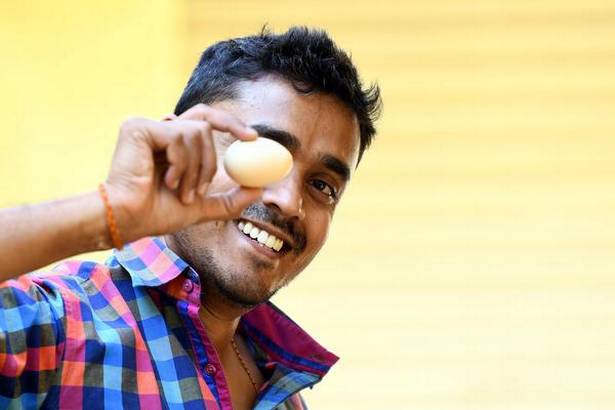
“The first two years were just about identifying the right breed and standard of production, because there was no precedent for free range eggs at that time,” says Marappan.
“Ashok was very strong on the feed aspect, while my experience was more to do with marketing the eggs. In end-2012, we started working together, making the best of our strengths in the field.”
Marappan wound up his own Bengaluru farm and slowly shifted operations to Mullipatti in 2013. At present, he says, Happy Hens produces 4,000-5,000 eggs per day, and has 20 franchisee farmers in Ariyalur, Perambalur and Tiruchirappalli. Marappan is now building a second Happy Hens farm in Hiriyur, around 160 kilometres from Bengaluru.
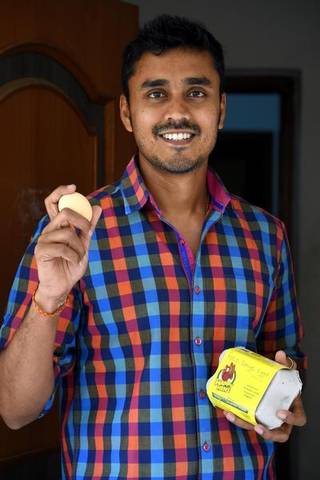
Egg facts
Happy Hens produces eggs that are brown to off-white in colour. This is a key indicator of the egg being free range, says Ashok. Anything that is conventionally produced will be evenly white, and weigh more or less 50 grams to a piece.
And, contrary to popular opinion, brown eggs aren’t more nutritious either. “The colour of the egg shell is actually determined by the chicken’s diet. And since our birds eat anything from our special feed to worms or termites, their eggs have different colours,” clarifies Kannan.
The eggs that don’t pass the 50 gram weight test are donated to local animal shelters and orphanages by Happy Hens. Currently, the farm’s stock of birds comes from the improved native breeds Khadaknath, Gramapriya, Cauvery, and Asil Cross.
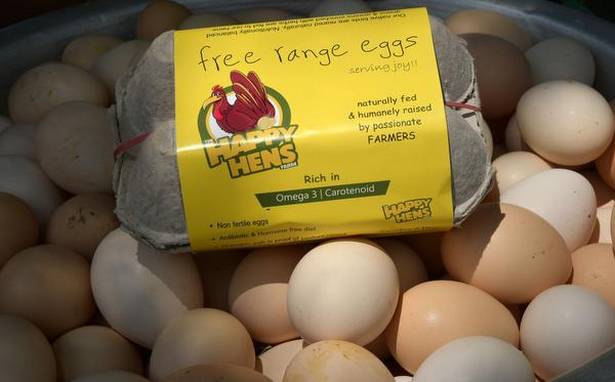
The birds are sourced from Government agencies as day-old chicks, and then reared for five months before they are ready to lay eggs. At any given period, Happy Hens has 3,000 chickens at the growing stage, along with its normal layer birds.
“The hen can actually live up to 15 years in its natural state,” says Kannan. “But in our poultry farming model, the fertile period of the bird gets over in 20 months.” Some 200 mature layer hens are culled per week, their meat marketed in Bengaluru.
A niche product is accompanied quite naturally by a higher price tag. Will consumers be persuaded to pay ₹25 per piece when conventional eggs are easily available for as less as ₹4 to ₹6? “Why not give the free range egg its due credit?” says Marappan.
“The low cost of the conventional egg obviously comes by cutting corners. If we want to keep the chain of people involved in our industry — the farmers, retailers and consumers — happy, we must ensure these high prices. That’s how you can survive in this competitive world,” he says.
source: http://www.thehindu.com / The Hindu / Home> Life & Style> Food / by Nahla Nainar / March 15th, 2018
